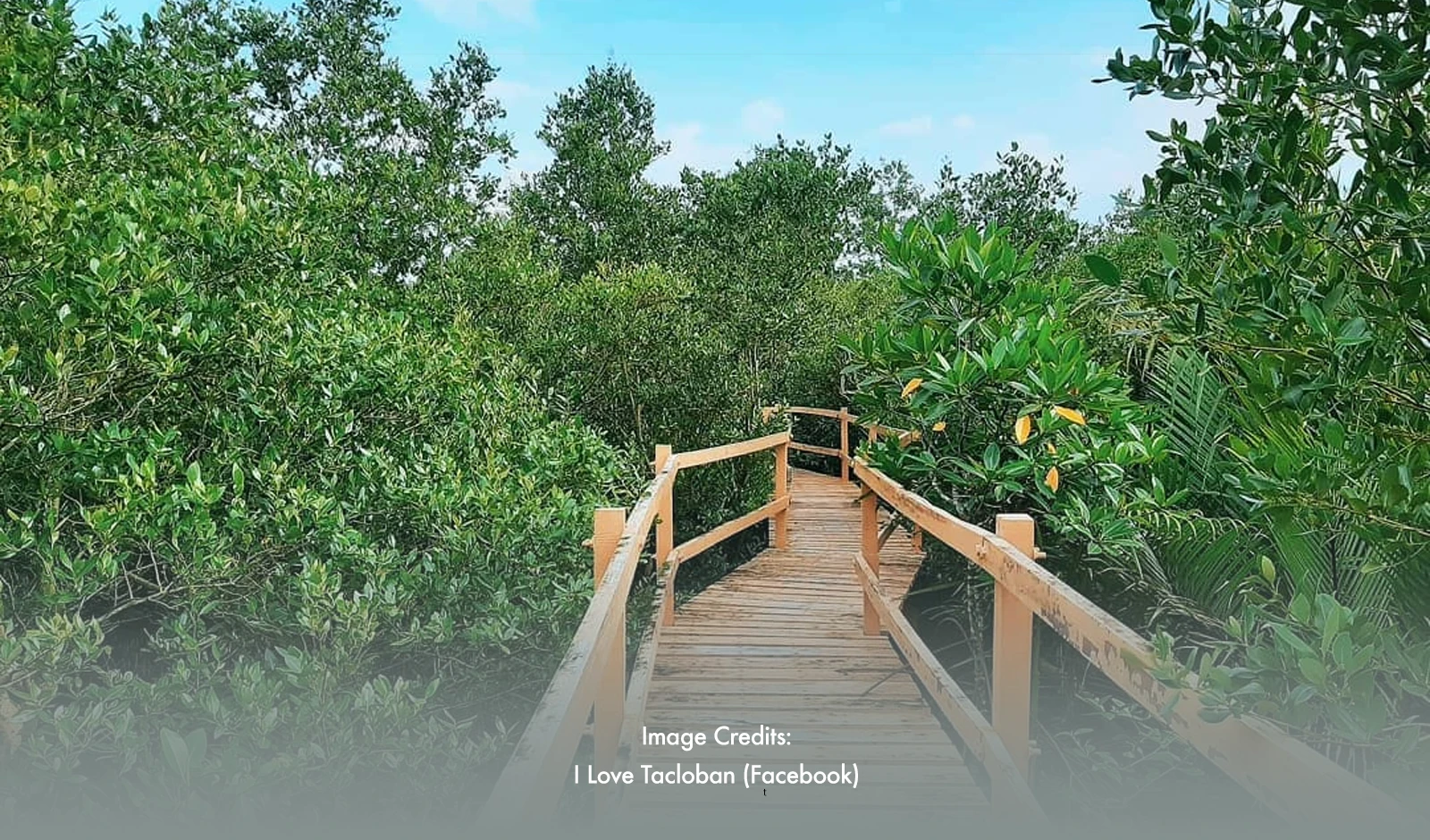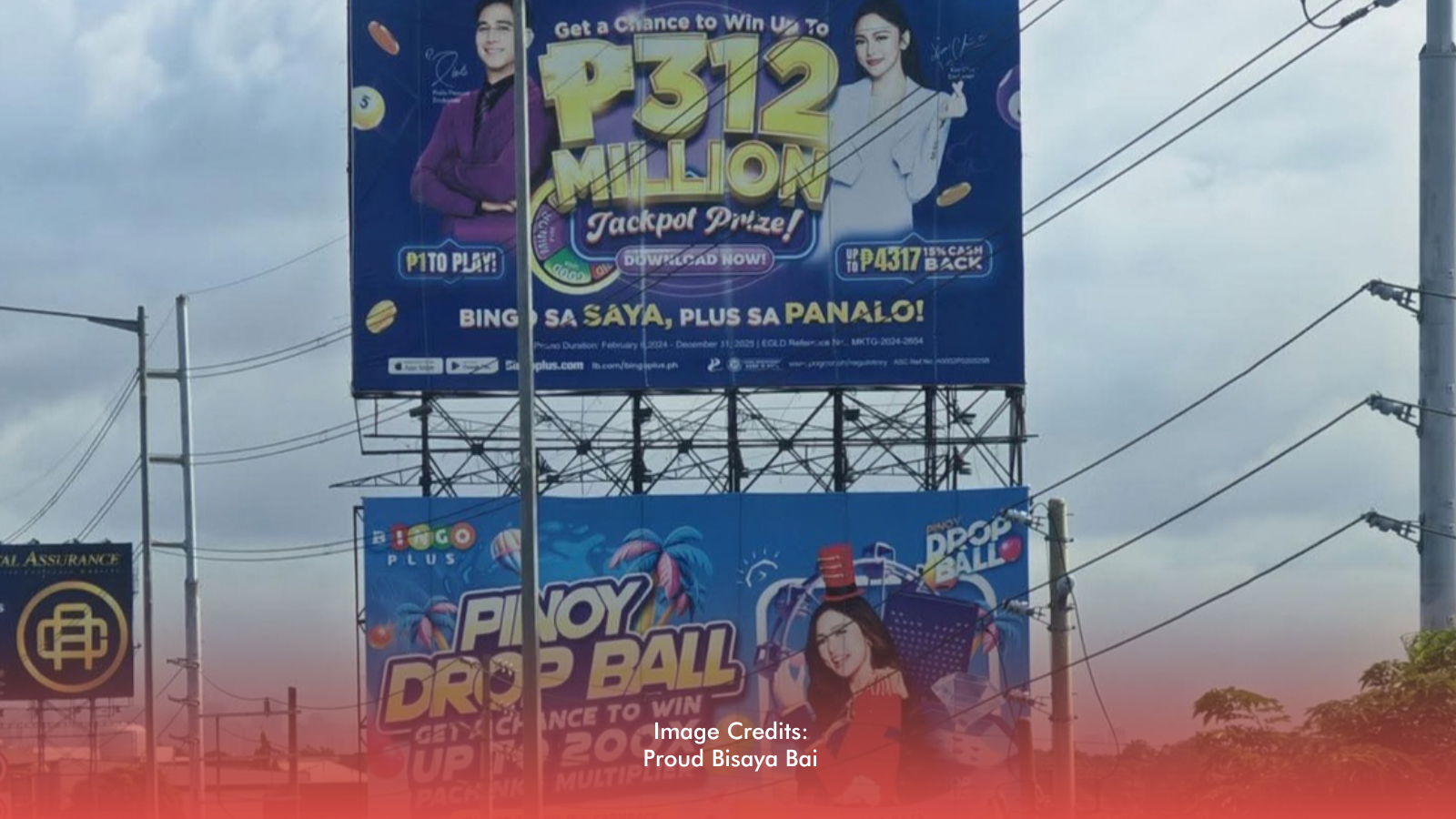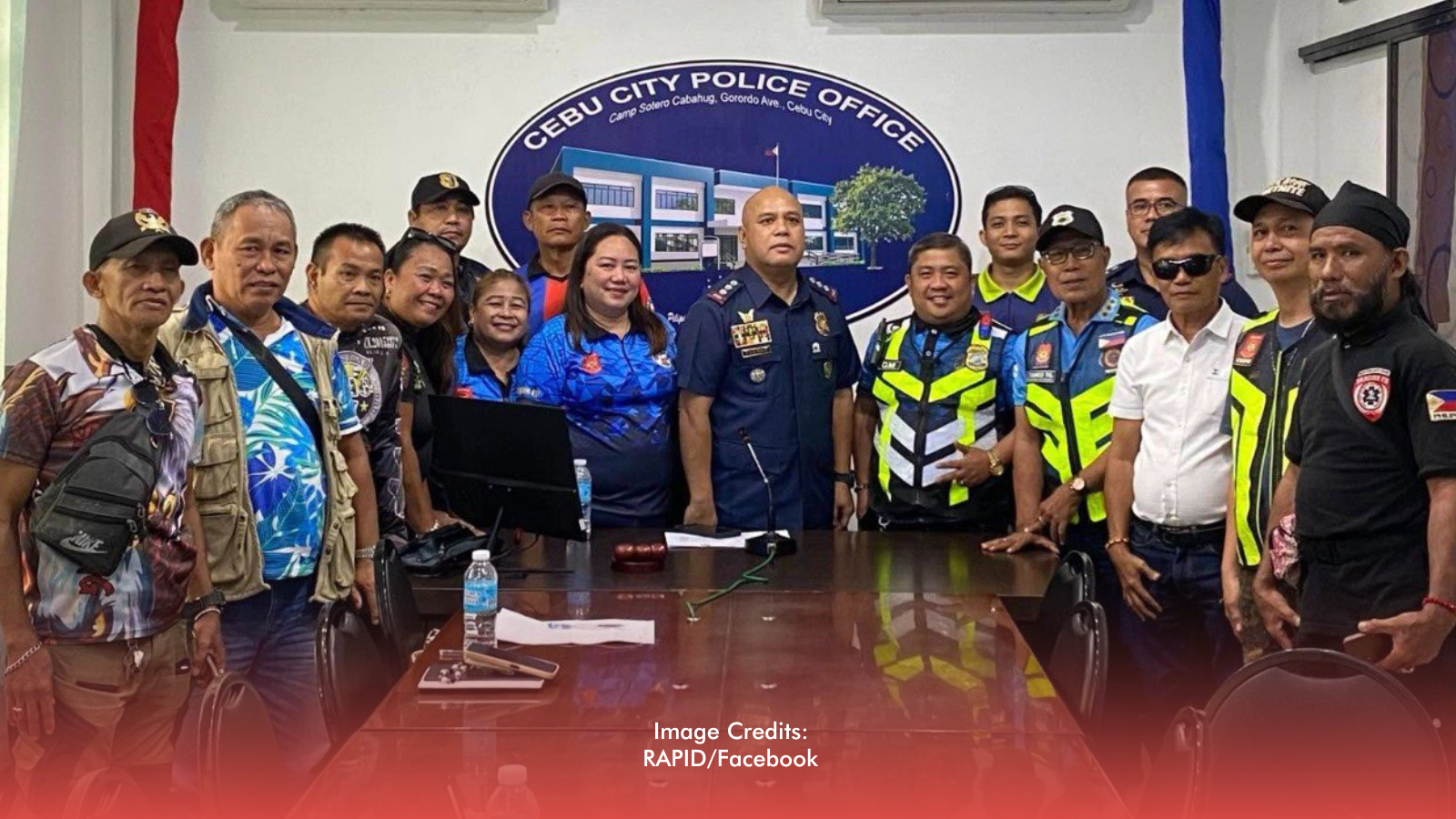In the coastal village of Paraiso in Tacloban City, a nine-hectare mangrove area is being transformed into an urban green space — a quiet but powerful response to the growing need for climate resilience and environmental protection.
The initiative, led by Pintakasi for Landscape Restoration Inc. in partnership with the Institute for Climate and Sustainable Cities (ICSC), the City Environment and Natural Resources Office (CENRO), and the City Agriculture Office, draws inspiration from the lessons of Super Typhoon Yolanda. When the storm devastated Tacloban in 2013, the mangrove belt in Paraiso helped buffer nearby communities from the worst of the storm surge, even as large vessels were swept inland.
Since then, survivors and local volunteers have worked to restore and expand the mangrove area, turning tragedy into a long-term commitment to environmental stewardship. “Because of the community’s dedication, this area has evolved into a model for climate action and green space development,” said CENRO chief Marito Barillo.
A Living Classroom and Source of Livelihood
Now the city’s only mangrove eco-tourism site, the Paraiso Mangrove and Eco-learning Park generates income for the fisherfolk group that manages it. Visitors pay a PHP30 environmental fee, supporting local livelihoods and ongoing conservation work.
More than a destination, the park also serves as a hands-on learning space. Local students are brought in to experience the mangrove ecosystem and better understand its role in protecting coastal communities. “We want the youth to connect with nature and see how vital these forests are to our survival,” said Josephine Agustin, president of Pintakasi Inc.
Nature’s Defense System
According to the World Wide Fund for Nature (WWF), mangroves stabilize shorelines, prevent erosion, and serve as nurseries for marine life. Their dense root systems trap sediment and reduce the force of storm waves — natural defenses that have become even more crucial in a warming world.








